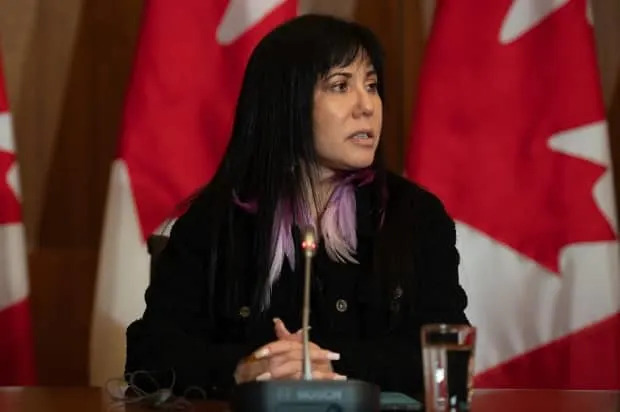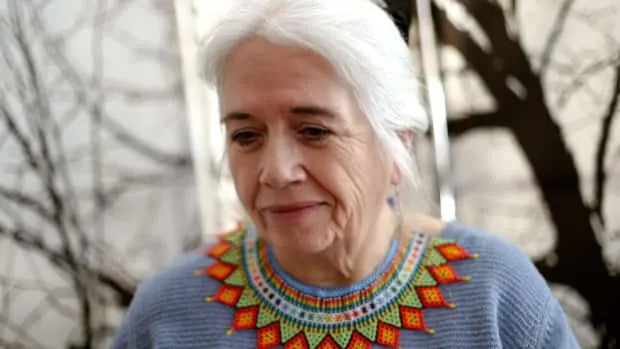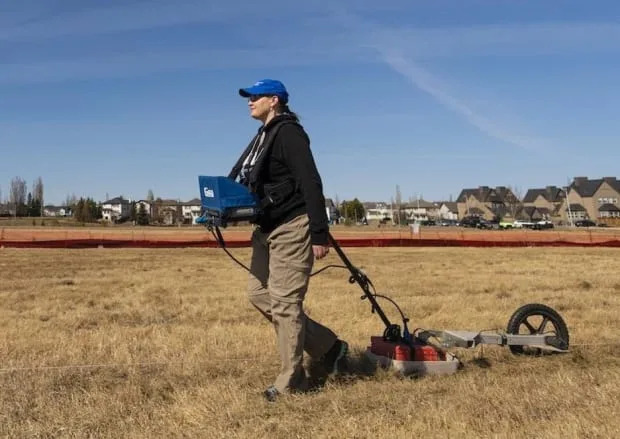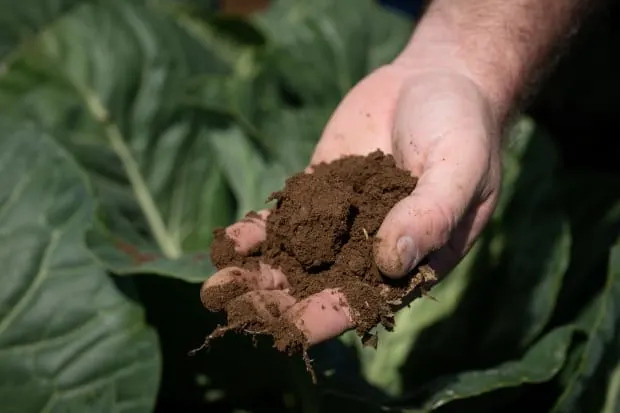Jon Henley in Paris, Sam Jones in Madrid, Angela Giuffrida in Rome, and Philip Oltermann in Berlin
Fri, 3 March 2023
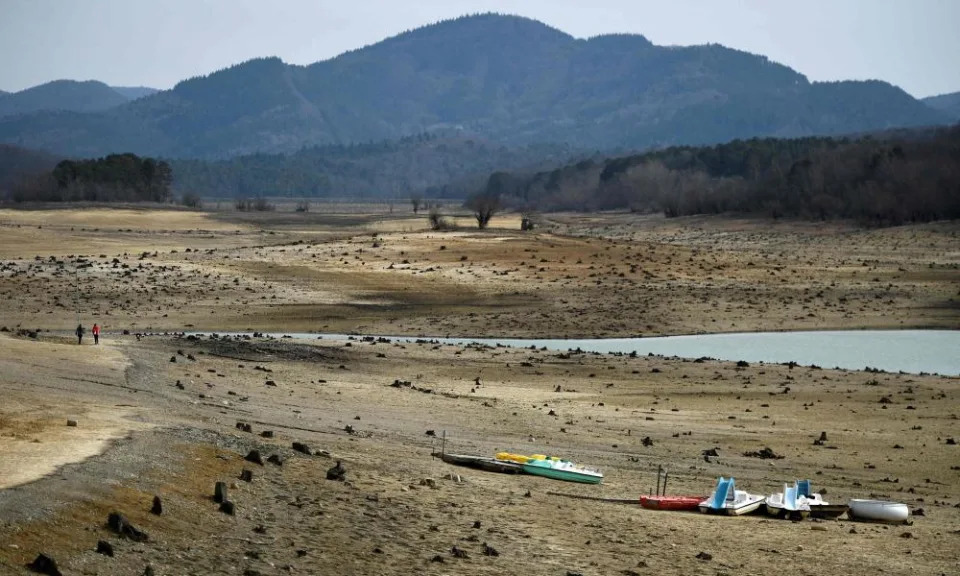
Photograph: Valentine Chapuis/Getty Images
The scenes are rare enough in mid-summer; in early March, they are unprecedented. Lac de Montbel in south-west France is more than 80% empty, the boats of the local sailing club stranded on its desiccated brown banks.
In northern Italy, tourists can walk to the small island of San Biagio, normally reached only by boat, from the shore of Lake Garda, where the water level is 70cm (27in) lower than average. The Alps have had 63% less snow than usual.
In Germany, shallow waters on the Rhine are already disrupting barge traffic, forcing boats heading up into central Europe to load at half capacity, and in Catalonia, now short of water for three years, Barcelona has stopped watering its parks.
After its driest summer in 500 years, much of Europe is in the grip of a winter drought driven by climate breakdown that is prompting growing concern among governments over the water security for homes, farmers and factories across the continent.
Related: Driest February in England since 1993 signals drought ahead, say experts
A study published in January by Graz University of Technology in Austria, whose scientists used satellite data to analyse groundwater reserves, concluded that Europe has been in drought since 1918 and its water situation was now “very precarious”.
Torsten Mayer-Gürr, one of the researchers, said: “I would never have imagined that water would be a problem here in Europe, especially in Germany or Austria. We are actually getting problems with the water supply here. We have to think about this.”
The World Weather Attribution service said last year northern hemisphere drought was at least 20 times more likely because of human-caused climate change, warning that such extreme periods would become increasingly common with global heating.
Andrea Toreti, a senior scientist at the European Drought Observatory, said: “What is unusual is the recurrence of these events, because we already experienced a severe to extreme drought a year ago, and another one in 2018.
“Clearly, in some parts of Europe, the lack of precipitation and the current deficit is such that it won’t be easy for water levels to recover before the start of the summer,” Toreti told Euronews. Experts have said the coming months will be crucial.
A map of current droughts in Europe from the EU’s Copernicus programme shows alerts for low rainfall or soil moisture in areas of northern and southern Spain, northern Italy and southern Germany, with almost all of France affected.
France recently recorded 32 days without significant rainfall, the longest period since records began in 1959, and the state forecaster Météo-France has said little or no precipitation of note is expected until at least the end of the month.
Simon Mitelberger, a climatologist, said about 75% less rain had fallen across France last month than usual for February, continuing a year-long trend. Nine of the past 12 months had seen rainfall up to 85% below the norm, he told France Info news.
France’s CNRS scientific research centre said that by comparing droughts before 1945 and since 1945 it had established that last summer’s drought was caused by anthropogenic climate change and this winter’s showed “the same characteristics”.
Local authorities in all seven of the country’s major river basins have been ordered to start enforcing water restrictions as the government works on a crisis plan to tackle a shortage that it has said will inevitable lead to “water scarcity problems” this year.
The minister for ecological transition, Christophe Béchu, warned that France would have to cope with up to 40% less water in coming years, adding that the country was already on a “state of alert” and restrictions in some areas were fully justified.
“The situation is more serious than this time last year,” Béchu said. People in four southern départements have been barred from filling swimming pools or washing their cars, while farmers must cut their water consumption by up to half.
Echoing the terms he used to describe the energy crisis sparked by Russia’s invasion of Ukraine, the French president, Emmanuel Macron, called this week for a “sobriety plan” to save water and warned the “time of abundance” had come to an end.
“All of us are going to have to be careful,” he said. Among the government’s plans are modernising agricultural irrigation, which represents up to 80% of consumption in summer, boosting wastewater recycling, and reducing loss due to leakage.
All of Spain has been in drought since January 2022, but water supplies in Catalonia have fallen so low that authorities this week introduced laws including a 40% reduction in water used for agriculture, a 15% reduction for industrial uses, and a cut in the average daily supply per inhabitant from 250 litres to 230 litres.
Related: Europe’s worst ever drought: in pictures
Rubén del Campo, a spokesperson for the state meteorological agency Aemet, said the situation showed no sign of improving over the coming months. The worst affected areas were the northern third of the country and parts of Andalucía and the south of Castilla-La Mancha, he said.
Asked about the role of global heating, Del Campo said that while drought had always been a natural phenomenon because of Spain’s geographical location, a change had been seen over recent decades.
“We’ve noticed the droughts in the south of Spain are lasting longer and that, when the rains come, they’re shorter but more intense,” he said. “It’s badly spaced out. When the rains are hard, they’re less useful for refilling reservoirs and watering the fields, which need gentler rain.”
In January, Spain’s environment minister, Teresa Ribera, warned of the inescapable reality of the climate emergency, saying the country had to be prepared for “much longer cycles of extreme drought and periods of incredibly tough flooding”.
The average amount of available water had fallen by 12% since 1980, Ribera noted, and projections suggested a further drop of between 14% and 40% by 2050. “We can’t depend solely on rain when it comes to guaranteeing the supply of drinking water or water for economic uses,” she said.
Spain’s socialist-led government in January approved a €23bn (£20bn) plan to protect and improve water supplies by investing in areas including infrastructure, water treatment and purification, irrigation modernisation and flood-risk management.
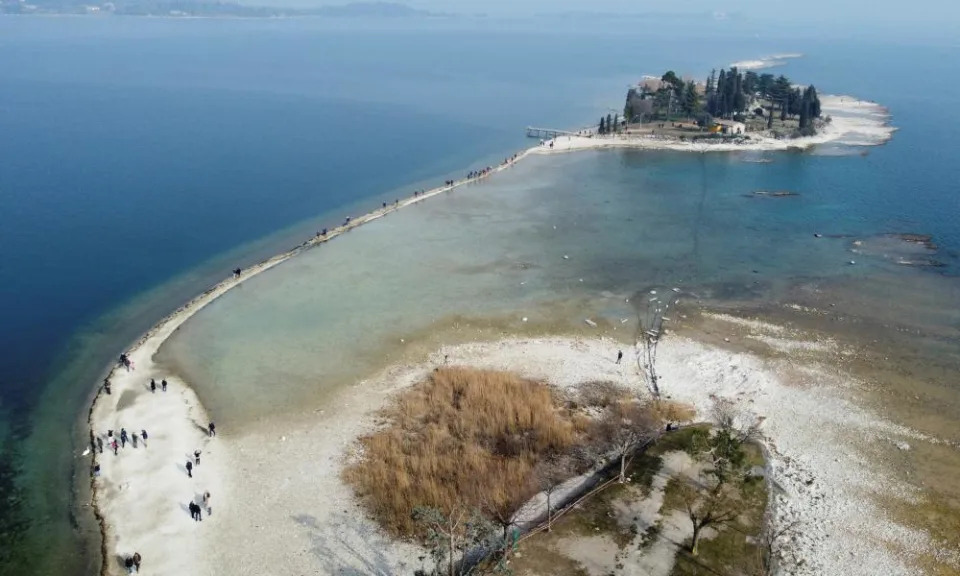
The island of San Biagio in Lake Garda, Italy, now accessible by foot due to lake levels falling by 70cm.
The government in Italy is reportedly preparing to create a taskforce including a “super-commissioner” and officials from several ministries to tackle the effects of severe drought, which is already starting to impact agriculture.
Water levels in the Po, the country’s longest river that nourishes several northern and central regions, were 61% down on the February norm. While recent rainfall has alleviated some pressure, the environment and energy security minister, Gilberto Pichetto, warned last week water rationing may be required in some areas.
“The problem of drought is serious,” he told Corriere della Sera. “We’ve only had half the average amount of snow. We found ourselves with waterways, lakes and reservoirs in a very critical state, and hydroelectric basins in extreme difficulty.”
Italy’s national research council (CNR) said last month that rainfall in the north was 40% lower than average in 2022, adding that the absence of precipitation since the beginning of 2023 had been “significant”.
A leading meteorologist, Luca Mercalli, said Italy would only avoid a repeat of last summer’s extreme drought if there was plentiful rainfall during spring. “It’s the last hope,” he said. “If we have no spring rain for two consecutive years, that would be the first time this has ever happened.”
In central and northern Europe, lack of precipitation has so far mainly been seen in Alpine regions where winter tourists have faced snowless skiing pistes.
In the state of Tirol, Austria, for example, the towns of Landeck and Reutte have measured their driest winter on record, while in parts of Switzerland municipalities have again had to urge citizens to save water, after already doing so last summer.
But scientists warn the impact of the winter drought will most likely be felt in Germany and Austria’s lower regions in the coming months: less snow over the winter means less meltwater to feed the rivers of central Europe in the warmer months.
“Today’s snow deficit could potentially become tomorrow’s summer drought,” said Manuela Brunner, a professor in hydrology and climate impacts at Zurich’s ETH university.
The meteorologist Josef Eitzinger, of Vienna’s Institute of Meteorology and Climatology, told the dpa news agency: “If this spring’s weather is similar to that of 2022, dryness will increase significantly.” He pointed to historically low water levels at Lake Neusiedl, a key water source straddling the border between Austria and Hungary.


